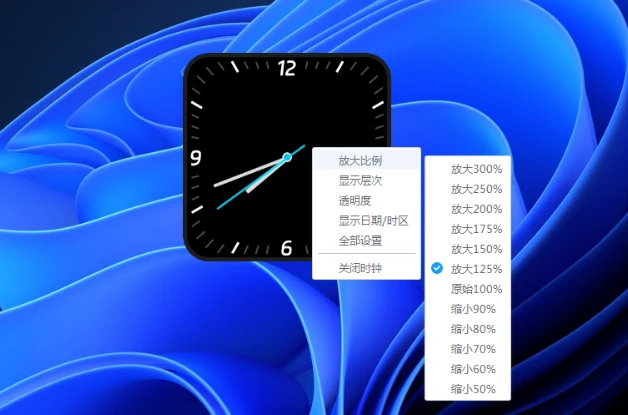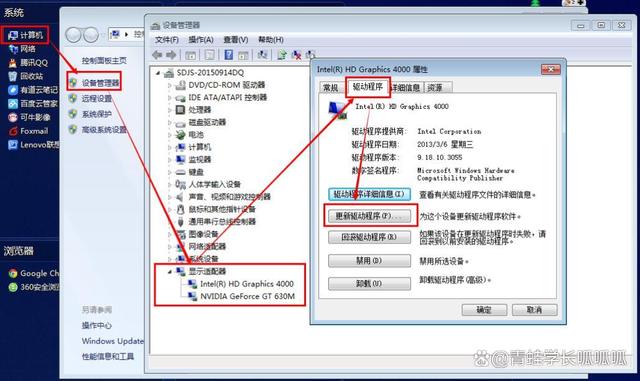目录
指针函数
1.概念
2.定义格式
3.函数内开辟空间
函数指针
1.概念
2.定义格式
2.1 格式
3.函数指针数组
3.1 概念
3.2 格式
3.3 赋值
条件编译
1.根据宏是否定义
根据宏值
3.防止头文件重复包含
指针函数
1.概念
本质是函数,函数返回值是指针。类比着指针数组。
指针数组:本质是数组,数组中每个元素是指针。
指针数组定义格式:数据类型 *数组名[元素个数];
int *arr[3];
2.定义格式
数据类型 *函数名(参数列表)
{
函数体;
return 地址; //当失败时一般返回NULL
}
3.函数内开辟空间
案例一:
#include <stdio.h>
char *fun()
{
char buf[32] = "hello";
return buf;
}
int main(int argc, char const *argv[])
{
char *p = fun();
printf("%s\n", p);
return 0;
}
结果未知,因为返回局部变量地址,函数调用结束后没有权限使用栈区的空间了所以结果是不可控的。如果被其他进程占用,可能会报段错误或者打印奇怪的东西。
修改:可以返回堆区的地址
#include <stdio.h>
#include <stdlib.h>
#include <string.h>
char *fun()
{
char *buf = (char *)malloc(32);
if (NULL == buf)
{
printf("malloc lost!\n");
return NULL;
}
strcpy(buf, "hello");
return buf;
}
int main(int argc, char const *argv[])
{
char *p = fun();
if (NULL == p)
printf("fun err!\n");
printf("%s\n", p);
return 0;
}案例二:
#include <stdio.h>
#include <stdlib.h>
#include <string.h>
void create_space(char *p) //p=NULL
{
p = (char *)malloc(32); //改变p的指向,让p指向开辟的堆区
if (NULL == p)
printf("malloc err");
strcpy(p, "hello");
}
int main(int argc, char const *argv[])
{
char *q = NULL;
create_space(q); //函数调用后,q依然指向NULL
//因为p和 q是两个空间,改变函数内的p是不影响函数外的q
printf("%s\n", q);
return 0;
}报段错误:因为q指向NULL, 函数内改变形参p的指向不会影响到q,q还是指向NULL。
修改:传递二级指针
#include <stdio.h>
#include <stdlib.h>
#include <string.h>
void create_space(char **p) //p=&q
{
*p = (char *)malloc(32); //*p = *&q = q
if (NULL == *p)
printf("malloc err");
strcpy(*p, "hello");
}
int main(int argc, char const *argv[])
{
char *q = NULL;
create_space(&q);
//调用函数后,q指向函数内开辟的堆区。因为函数内通过传递q的地址找到q, 让q真的指向开辟的堆区了。
printf("%s\n", q);
return 0;
}
进一步理解:


案例三:数组传递
#include <stdio.h>
void fun(int arr[5]) //arr类型是int *
{
arr[0] = 100;
printf("%ld\n", sizeof(arr));
}
int main(int argc, char const *argv[])
{
int a[5] = {1, 2, 3, 4, 5};
fun(a);
printf("%d\n", a[0]);
return 0;
}传递数组的形式是为了让用户知道要传递的是一个数组,但本质还是传递数组的首地址,也就是传递指针。
函数指针
1.概念
本质是指针,指向了函数。 类比着数组指针。
数组指针:本质指针,指向了数组。
数组指针定义格式:数据类型 (*指针名)[列数];
int a[2][3];
int (*p)[3]=a;

2.定义格式
2.1 格式
数据类型 (*指针名)(参数列表);
函数名:函数首地址
#include <stdio.h>
int add(int a, int b) //add函数名:函数的地址
{
return a + b;
}
int sub(int a, int b) //sub类型: int (*) (int,int)
{
return a - b;
}
int main(int argc, char const *argv[])
{
int (*p)(int, int); //定义了函数指针
p = add; //让函数指针p指向add函数
printf("%d\n", add(1, 2)); //通过函数名直接调用函数
printf("%d\n", p(1, 2)); //通过函数指针间接调用所指的函数
p = sub;
printf("%d\n", sub(1, 2)); //通过函数名直接调用函数
printf("%d\n", p(1, 2)); //通过函数指针间接调用所指的函数
return 0;
}把函数指针当成参数传递给函数。
一种接口,多种方法。
#include <stdio.h>
int add(int a, int b)
{
return a + b;
}
int sub(int a, int b)
{
return a - b;
}
int test(int (*p)(int, int), int a, int b) //p=add, a=1, b=2; p=sub,a=1,b=2
{
return p(a, b); //add(1,2); sub(1,2);
}
int main(int argc, char const *argv[])
{
printf("%d\n", test(add, 1, 2));
printf("%d\n", test(sub, 1, 2));
return 0;
}
结构体内成员是函数指针(不常用但是看内核原码的使用可能会见到)
#include <stdio.h>
struct test
{
int (*p)(int, int);
};
int add(int a, int b)
{
return a + b;
}
int main(int argc, char const *argv[])
{
struct test t;
t.p = add;
printf("%d\n", t.p(1, 2));
return 0;
}3.函数指针数组
3.1 概念
本质是数组,数组中元素是函数指针。
3.2 格式
数据类型 (*数组名[元素个数])(形参列表);
数据类型:和函数指针指向的函数的返回值一致
形参列表:和函数指针指向的函数参数一致
3.3 赋值
int (*arr[3])(int,int) = {函数名};
#include <stdio.h>
int add(int a, int b)
{
return a + b;
}
int sub(int a, int b)
{
return a - b;
}
int main(int argc, char const *argv[])
{
int (*arr[2])(int, int) = {add, sub}; //函数指针数组
printf("%d\n", arr[0](1, 2)); //add(1,2);
printf("%d\n", arr[1](1, 2)); //sub(1,2);
return 0;
}练习:
a) 一个整型数
int a;
b) 一个指向整型的指针
int *p=&a;
c)一个指向指针的指针,它指向的指针是一个指向一个整型数
int a;
int *p=&a;
in **q=&p;
d)一个有10个整型数的数组
int a[10];
e)一个有10个指针的数组,该指针是指向一个整型数的
int *arr[10];
f)一个指向有10个整型数数组的指针
int a[1][10]
int (*p)[10]=a;
或者
int arr[10];
p = &arr; //相当于升级,把列地址arr升级为行地址

g)一个指向函数的指针, 该函数有一个整型参数并返回一个整型数
int (*p)(int);
h)一个有10个指针的数组,该指针指向一个函数,该函数有一个整型参数并返回一个整型数
int (*a[10])(int);
条件编译
按照条件是否满足决定代码是否被编译,是预处理指令。
简单来说就是 后面的条件语句(condition)如果执行结果不为0,则该#if语句块内的代码会被编译,否则就不会被编译。
1.根据宏是否定义
#define 宏名
#ifdef 宏名
代码块1
#else
代码块2
#endif
执行顺序:如果宏定义了则编译代码块1,否则编译代码块2


根据宏值
#define 宏名 值
#if 宏名
代码块1
#else
代码块2
#endif
执行顺序:宏的值为非0也就是真则编译代码块1,否则编译代码块2


3.防止头文件重复包含
放在头文件中:
#ifndef 宏名
#define 宏名
头文件中语句
#endif

报错结构体stu重复定义,因为head.h被多次引用,而其中定义了结构体stu所以结构体重复定义了。

修改:加上防止头文件重复包含

编译通过
练习:
笔试题一套:
嵌入式工程师笔试题-CSDN博客
总结与回顾


![鸢尾花书实践和知识记录[6-23数据聚类]](https://i-blog.csdnimg.cn/direct/799c591eb6d6439eab893d1943ce3def.png)

















